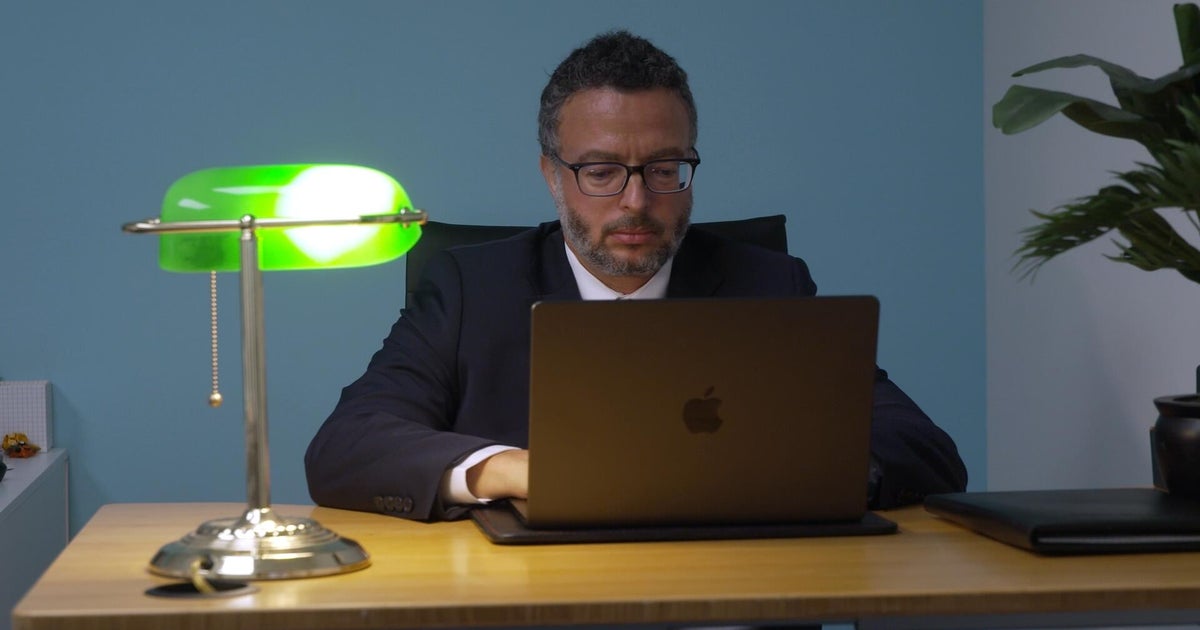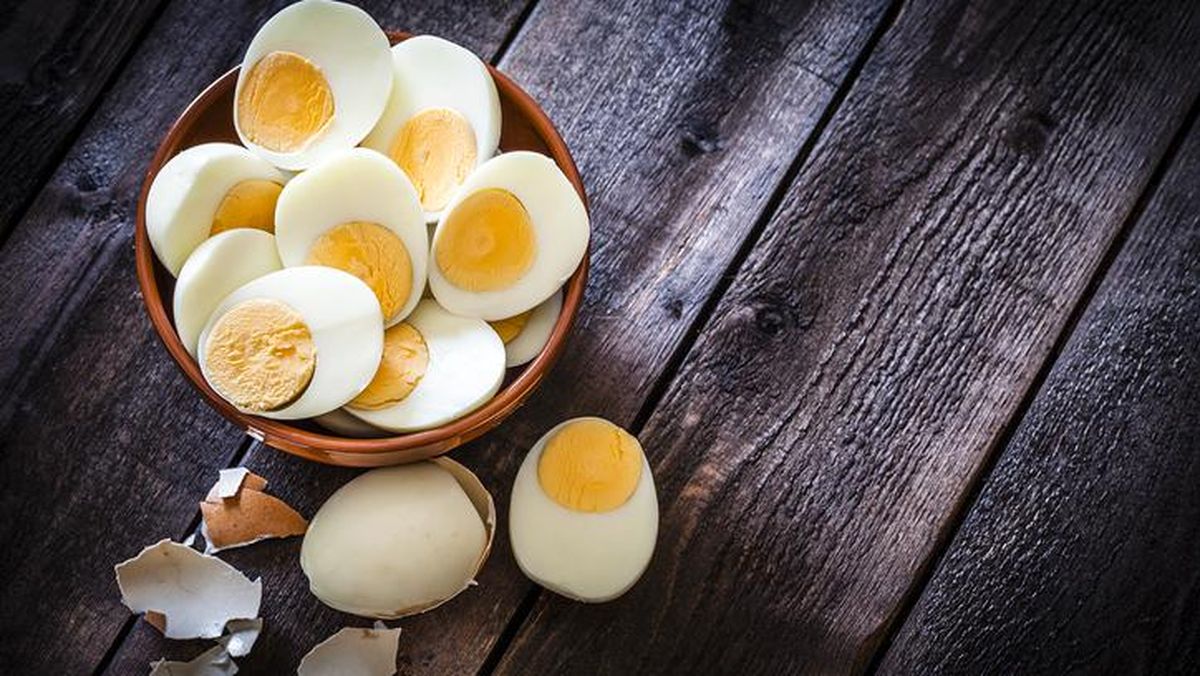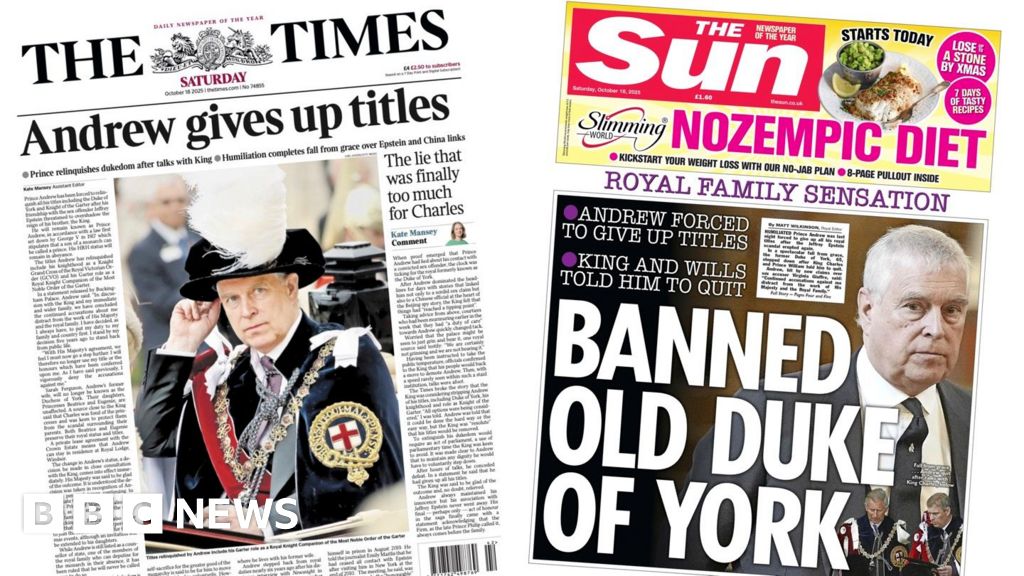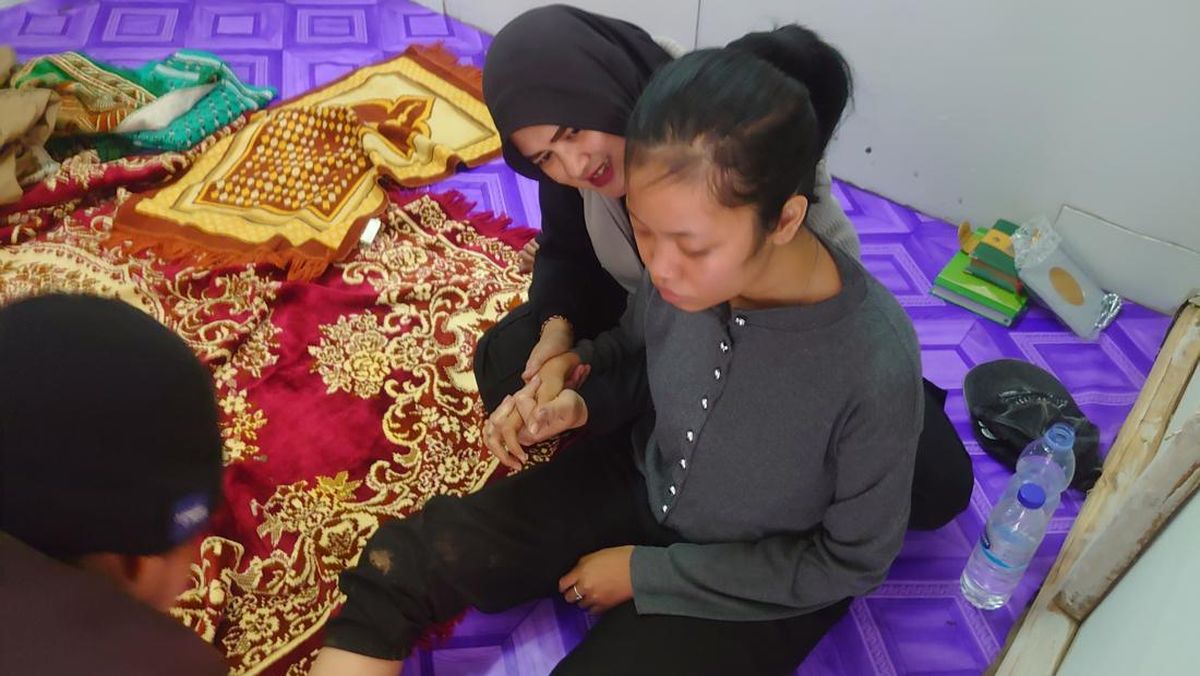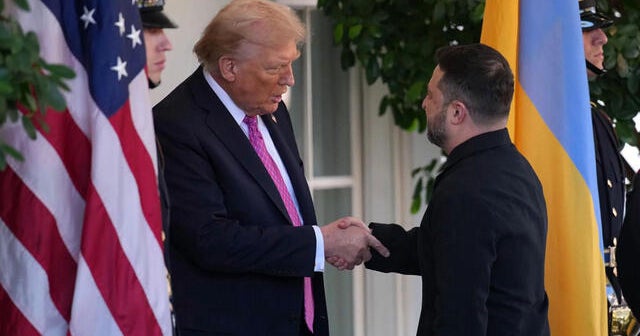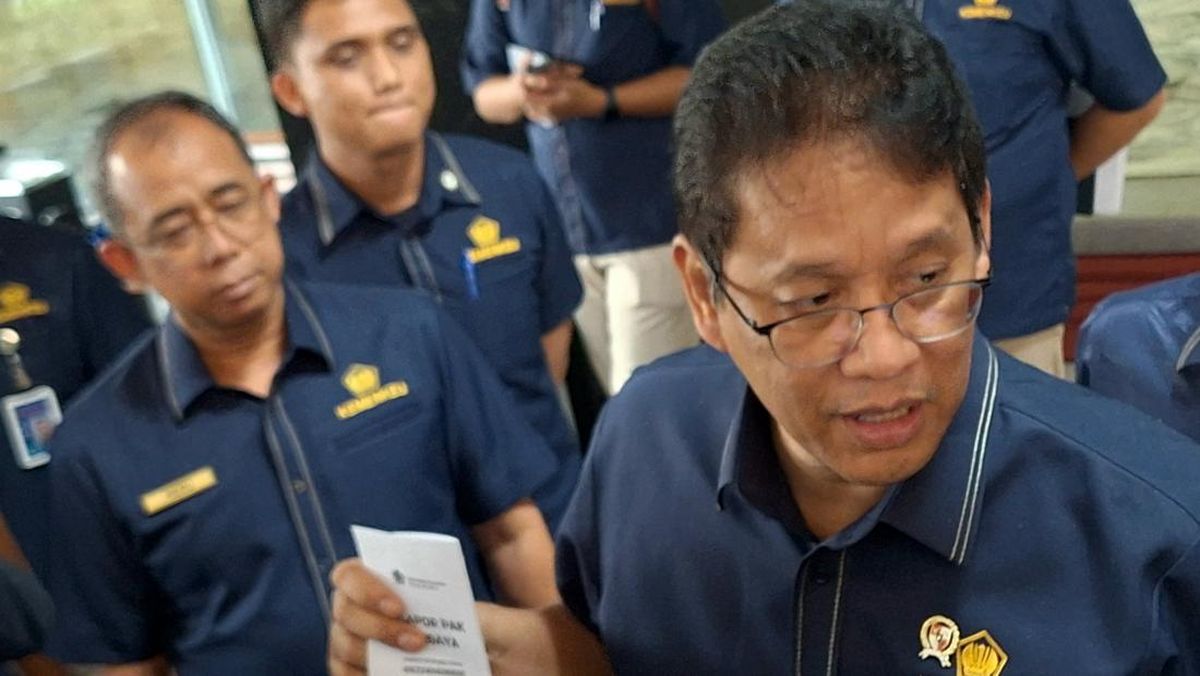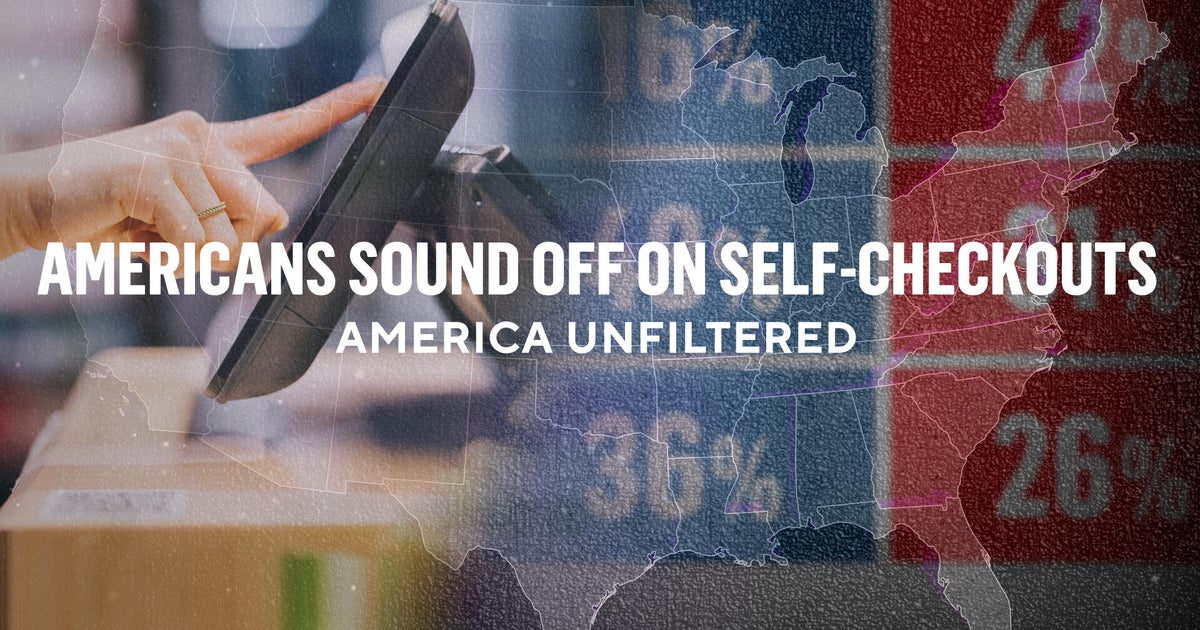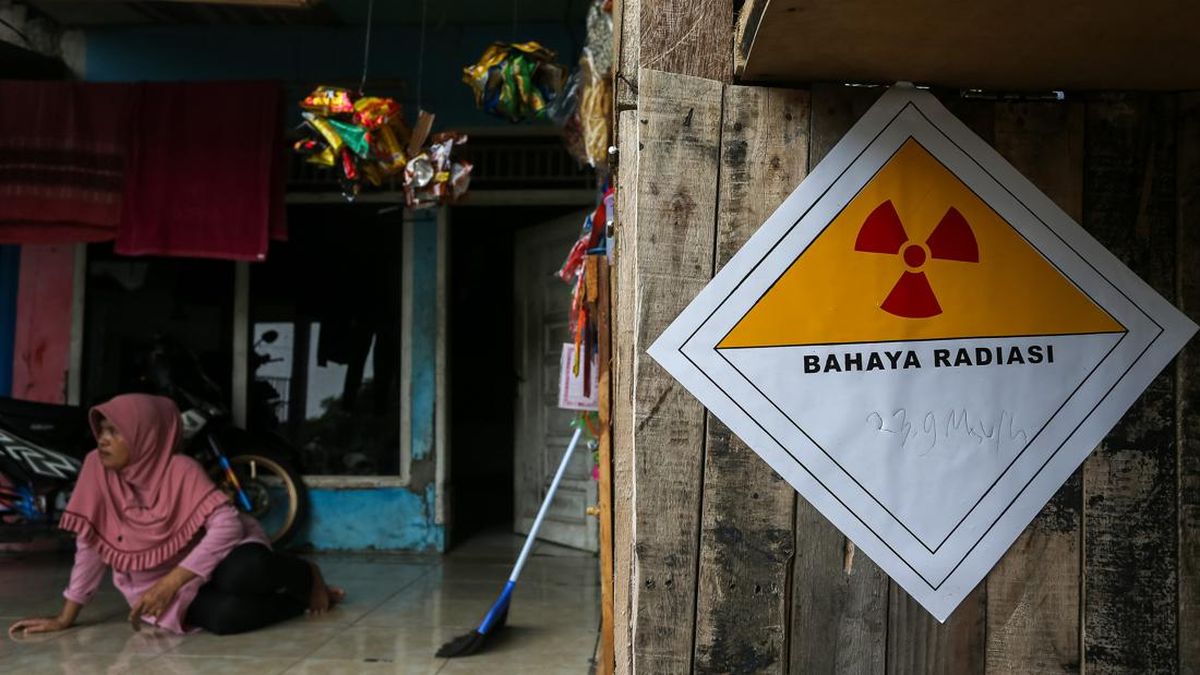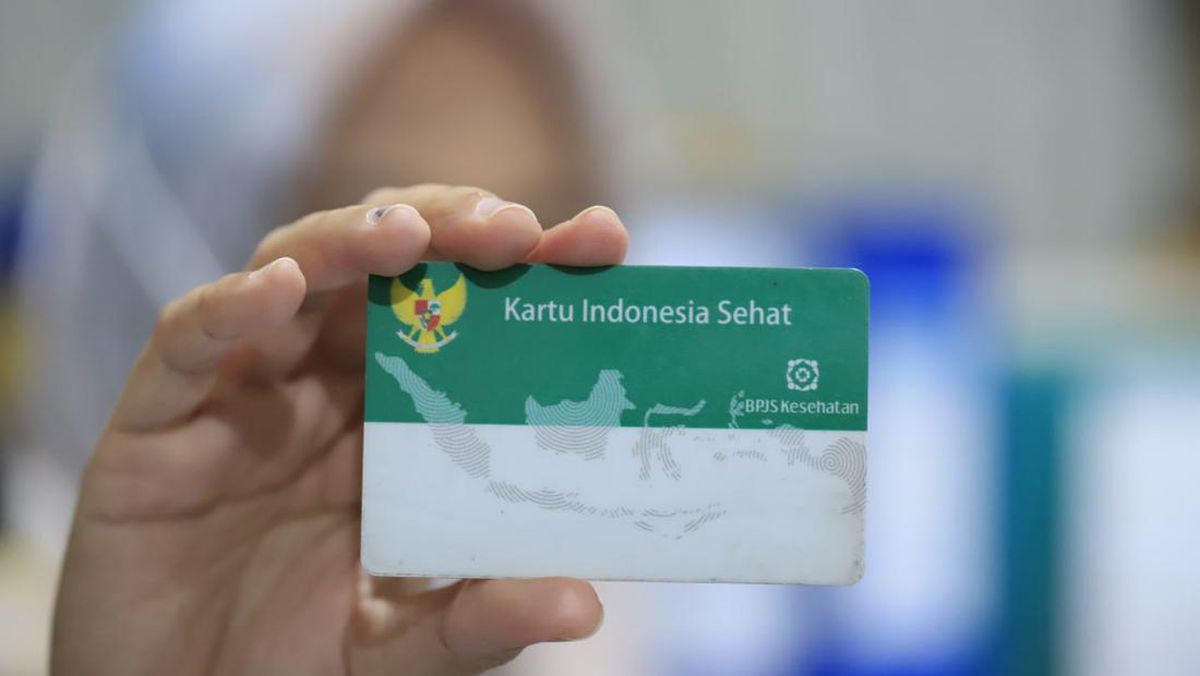My average screen time of more than eight hours a day betrays the fact I’ve really made an effort not to use my phone so much. I’ve taken to reading books on public transport, and once paid almost $100 for an app that attempted to block me from accessing Instagram and TikTok by serving guilt-trippy quotes about how Ed Sheeran gets so many of his saccharine lyrics written because he doesn’t use a smartphone. Some of my addiction is legitimate – I respond to Slack work messages and send emails and update spreadsheets – but most of it is a subconscious belief that the next good joke or meaningful revelation or big idea will come with another scroll. And I’ll devote endless hours to chasing that possibility.
“We have a desire to always be connected and we don’t know how to be bored anymore,” says sociologist Caitlin Begg, who studies the effect of smartphones on everyday life and relationships. Begg shares her observations, experiences and research on TikTok: the place where people deep in their attachment most need to hear about the possibility of disentangling themselves.
But how possible or plausible is that extraction, when so much of our daily conveniences exist purely through a 5G connection? Our means of accessing transport and ordering food and locating friends in a crowd are inextricable from our phones, not to mention our ability to be productive. “The always-on culture of work means people feel like they have to be on their phones for their jobs, then it leads into, ‘Oh, well I’m on my phone checking my email,’ ” Begg says. That’s where the vortex holds our heads under.
Before I begin an experiment to see just how possible it is to participate in some common daily activities without my phone, I make a call to comedian Ryan Shelton. The co-host of the podcast The Imperfects once shared the details of his attempt to swap his iPhone for what he called a “smug phone”: a basic flip phone with few features. Sometimes he’d pair it with a device with a little more heft: “I also had an iPad Mini, which I would take out with me if I thought I would need to email or order an Uber. But even then, I was calling 13cabs,” Shelton tells me. One device that does everything we need is convenient, obviously, but the cognitive cost of it only gets higher. “We’ve convinced ourselves that we can’t live without these devices,” he says, “but we’ve only had them for 20 years.”
Shelton went more than 220 days with his “smug phone” set-up but I’m starting with five. Five excursions out in the world, entirely uncontactable, with only the objects I have with me: a watch, a notebook, a book to read and my analogue camera to document it all. If I’d had access to it, I would have posted a TikTok about how a tote bag filled with these items made me the “performative male” meme.
Day one: the cinema
On my walk to the train station, I can’t help but feel like I’ve forgotten something. A knock-on effect of no phone is no headphones, so I am – to use one of the worst fragments of viral vernacular – “raw-dogging” this commute. The cinema is the ideal place to begin this experiment and be in this quiet, insular headspace. My preparation for this excursion began a few days earlier, when I dug out my old Swatch watch I’d put aside to donate to an op shop and had its battery replaced.

A book helps the time pass when waiting at the cinema.Credit: Brodie Lancaster
I approach the box office ahead of a matinee screening of Model, a 1980 film by the legendary documentarian Frederick Wiseman. It’s analogue life rendered in black and white, a fly-on-the-wall look at life inside modelling agencies that run on landlines, film photography and public telephones. It’s a reminder that being in the world involves talking to people, looking up, and using my hands, brain and voice. Buying a ticket is smooth and simple, and poring over my book makes the minutes pass quickly before the lights go down.
After the credits roll, though, I feel compelled to check the phone that isn’t there. Instead of madly cycling through emails and DMs and texts like I normally would, I think about why I feel that itch. It’s similar to the feeling of talking to someone at a party and realising their eyes are glazing over and they’re glancing past my head in search of something better. So much of the time I spend losing myself in my screen, I realise, is observing other people’s lives or trying to prove something about my own. When I get home, it takes me a few hours to remember to log the film on my Letterboxd account, something I’d usually do before even exiting the cinema. Waiting didn’t cost me anything.
Day two: the suburban mall
“Check you have all of your belongings before leaving the bus, especially your phone, or that would really change the outcome of your day,” the bus driver announces as we arrive outside Chadstone, Melbourne’s massive suburban mall. It’s the biggest shopping centre in the southern hemisphere, and I’ve booked a ticket on its free shuttle bus to zip me there from the city and back again. This required a visit to Officeworks the day before to print the tickets I’d pre-booked. Everyone else boarding the bus flashes their passes on their phones.
Arriving early for the shuttle pick-up in the CBD reveals the purpose of a phone in “dead” moments: it’s a digital gap filler. And sometimes, during quiet days or weekends, as a single person living alone, my life can have gaps of up to 12 hours. Today, without my phone filling them, I finish a book before boarding the half-hour shuttle.
Collecting the physical directory of stores when I step into the bright, air-conditioned retail maze makes me feel as if I’m a tourist in my own city: my movements and tasks are driven solely on instinct and checking co-ordinates on a map.
Almost immediately, I discover the lack a phone-less shopping trip reveals. I’m limited by what I can order at a tea shop whose counter is covered in QR codes – the only way to look at the menu. I’m flying blind in the Korean skincare store without my translation app. I find myself aimlessly wandering a bookstore; I never before realised that my folder of screenshots and my notes app work together to dictate what I shop for.

Navigating a mall involved a physical directory.Credit: Brodie Lancaster
For a while, I revel in the absolute anonymity of no one knowing me or where I am or being able to contact me. After a couple of hours, though, I’m shocked to find myself feeling a little uneasy. Sad isn’t quite the right word, neither is lonely.
When I attempt to describe this reaction to friends later, I try for more universal terms: it’s a bit like being on a long flight alone and feeling unexpectedly emotional, or being at home alone during long stretches in lockdown and realising not a single person on earth knows you’re alive. I’m eager to get home to my phone, not for mindless scrolling, but for the possibility of connection. If I’d had it in my bag, I absolutely would have cheated on this experiment and pulled it out to call an Uber.
With a few more tasks left to complete in this experiment, I realise I need at least one of three things in order for them to be, not just successful, but possible: more purpose, some company, or shorter stints without my gap-filler and immediate problem-solver.
Day three: the waiting room
Caitlin Begg categorises screen time into three categories: productive, mindless and fun – “So not all screen time is created equal.” While she says the most important spaces to avoid the anxious creep of phone use are in social settings with friends and family, waiting rooms are “the in-between moments, where reflexively checking all the time … can really contribute to phone addiction.” She refers to phones in these contexts as “digital pacifiers”.

There’s always old magazines to read in waiting rooms.Credit: Brodie Lancaster
As I wait for my anxiety meds to kick in – my medical pacifier before I get dental work done – I flick through a 2014 issue of New Scientist magazine with a cover story on the dangers of “the white stuff” (sugar). My dentist is running early, so I’m inverted on her chair in no time, and within an hour stumbling back out onto the street, feeling a little foggy and a lot puffy. I have a bus to catch – I wrote my public transport route in a notebook before setting off for this morning of appointments – but being sans phone, I have no way of knowing how long it’ll be before it gets to my stop. In this moment, I wish I could Google “How long for anaesthetic to wear off”.
After delicately navigating my half-numbed mouth around a chicken wrap en route to my next appointment, I’ve got another navigation task: remembering how to get to my facialist. I’ve only been there twice, always by Uber. I pass two construction workers on a smoko who are looking at their phones, but when I double-back to ask them for directions, they shake their heads and shrug. I take a chance on walking up the block and am grateful when I see the recognisable logo on the door. I’m shocked at my own capability, which can’t be good.
Day four: the farmers’ market
“You’re choosing to put yourself thru this!” my friend Emily texts me the night before we meet at Cam’s, a cafe inside Abbotsford Convent in Melbourne’s inner northeast, when I let her know I’ll be there at our agreed-upon time – but won’t have my phone. “That’s my version of torture!” It’s a tradition for me to meet Emily, her partner, Mike, and their daughter for breakfast at Cam’s, a meal we bookend by a lap of the monthly farmers’ market in the grounds of the old convent. Depending on toddler moods and bus frequencies, one or both of us is generally texting updates on our ETA until the moment we have eyes on one another.

Market meet-ups mean you have to be on time.Credit: Brodie Lancaster
I’m exceptionally early, with a fresh novel (my third book since starting this experiment) in my bag, and nothing else demanding my time or attention. “When you haven’t got the internet and everything on your smartphone for your entertainment, people become your entertainment,” Shelton had told me when I’d asked him about the biggest positive to come from his analogue experiment. “It felt a lot more connecting.”
Once, about a year ago, my friend Georgia joined us for a morning at the market. As we all chatted aimlessly, I felt struck by a kind of impatience and tried to wrap up the conversation and move us all along. It wasn’t out of the ordinary for me to be in a rush like this. Georgia clocked it and asked, “Why are you doing that? Where else do you have to be?” The mental image of my Google Calendar blocking out my day in multicoloured squares was looming large over my leisure time, I realised. That I couldn’t eat a croissant and listen to an anecdote with my closest friends because I’d told myself I needed to tick off imaginary tasks was a real issue that my friend had observed.
That moment came back to me as I left the market, some hours after arriving, feeling rested and the opposite of rushed. My mind was in just one place for an entire morning.
Day five: at the gym
My final task requires me to rise without my phone’s alarm – something the spring sun and my needy cat often conspire to ensure I do – and spend the morning at the gym. No phone means no fitness tracker, no headphones and no way to mindlessly pass the time between sets the way I normally would. Waking up is the simple part; resisting the temptation to “just check” my phone while I’m still in my apartment with it is more difficult. I need to physically move it out of my line of sight and onto a high shelf to ensure I avoid it.
My friend Kane is meeting me at the gym, which is a 20-minute walk from my home. As I cross the train line over the river and walk through the industrial backstreets that make up this shortcut on my route, I recall something I mentioned to Shelton about the feeling of being uncontactable: I’m no safer with my phone than I am without it. Still, as a woman walking alone alongside an abandoned warehouse, I realise the feeling of safety – even if it’s imagined – is a valuable thing.

No phone at the gym means no mindless distractions.Credit: Brodie Lancaster
Kane and I had confirmed our plan the night before, and as I sit waiting for him in the reception area of the gym, I’m doing nothing. To be in public with no distractions is enough to make a person feel like an oddity. I know that no one else is thinking about me as much as I’m thinking about myself, a mantra that provides comfort on days when your outfit is bad or you cry on the train or, I guess, you sit alone without a phone.
“When I don’t have my iPhone with me,” Shelton told me, “I get to choose what to think about, as opposed to being told what to think about by an algorithm, and that’s really good.”
I’ve been bored and sad and chatty and silent these five days. I’ve been engaged and withdrawn and present and moving. And for the most part, it’s been my choice. While Shelton’s “smug phone” still allowed him to connect and be contactable and get online when it was necessary, mine was an all-or-nothing experiment. And its extremity revealed how simple it really is to be screen-free for an hour or three, for a day or five. It doesn’t guarantee major life changes but it also shows how little there is to lose from letting your mind stay in one physical and emotional space for a while.
To read more from Good Weekend magazine, visit our page at The Sydney Morning Herald,The Age and Brisbane Times.


